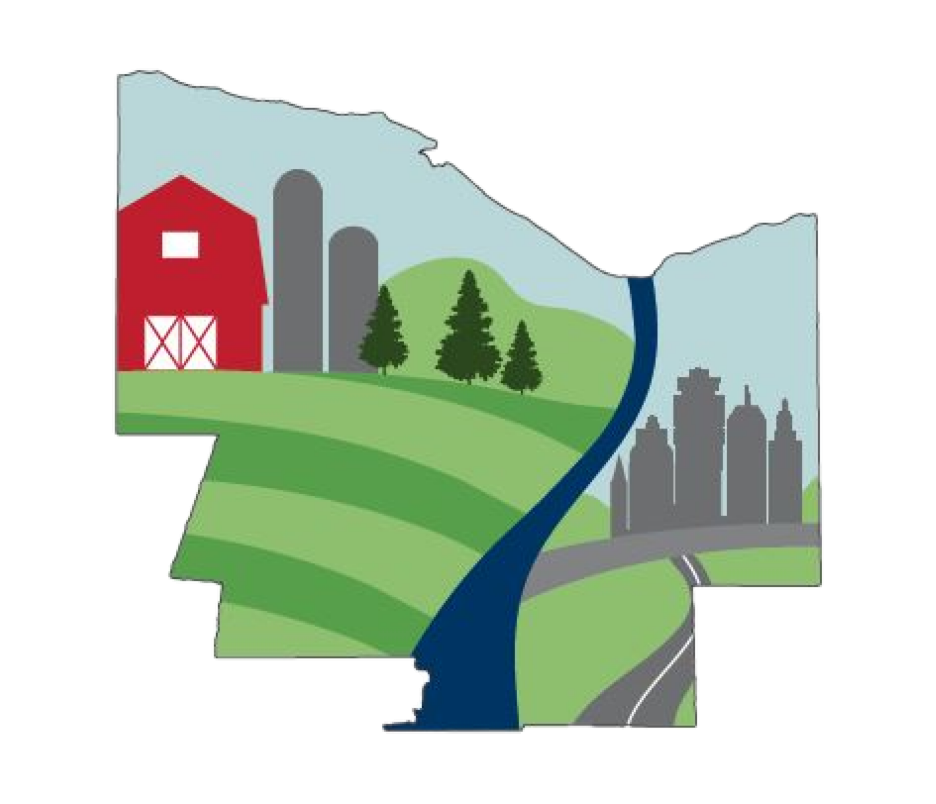Grants
As a conservation district, we assist dozens of local farms each year in securing grant money to increase agricultural production, conserve natural resources, and help the environment.
Check below to see if any of these grant programs might interest you.
NYS Grown & Certified
New York State Grown & Certified is the first statewide, multi-faceted food certification program designed to strengthen consumer confidence in New York products, address food product labeling, and assist New York farmers so they can take advantage of the growing market demand for foods locally grown and produced to a higher standard. Qualifying participants will now be able to display a new high-impact label to clearly identify that they meet the quality standards of Agricultural Environmental Management (AEM) and food safety programs such as the USDA Good Agricultural Practices (GAP) program for produce. Click here for more information.
NYS Ag Nonpoint Source Abatement & Control Grant Program
This grant program was established in 1994 by the State of New York to assist farmers in preventing water pollution from agricultural activities by providing technical assistance and financial incentives. County Soil & Water Conservation Districts apply for the competitive grants on behalf of farmers and coordinate funded conservation projects. Grants can cost-share up to 75% of project costs or more if farmers contribute in the following two areas: Planning- funds awarded to conduct environmental planning Implementation- funds awarded to construct or apply management practices The New York State Soil & Water Conservation Committee and the Department of Agriculture & Markets coordinate the statewide program and allocate funds provided by the NYS Environmental Protection Fund on a semi-annual basis. Since the program began in 1994 more than $153 million has been awarded to Soil & Water Conservation Districts across the state to help farmers reduce and prevent agricultural sources pollution. What is Nonpoint Source Pollution? The primary cause of New York’s remaining water quality challenges can be attributed to a wide array of pollutants resulting from various types of land uses, which is termed nonpoint source (NPS) pollution. As rainfall or snowmelt moves over and through the ground, the runoff picks up and carries away natural and human-made pollutants, finally depositing them into lakes, rivers, wetlands, coastal waters, and even our underground sources of drinking water.
These pollutants include:
- Excess fertilizers, herbicides, and insecticides from residential areas and agricultural lands
- Oil, grease, and toxic chemicals from urban runoff and energy production
- Sediment from improperly managed construction sites, crop lands, and eroding streambanks
- Salt from roadways, irrigation practices, and acid drainage from abandoned mines
- Bacteria and nutrients from livestock, pet wastes and faulty septic systems
- Atmospheric deposition and hydromodification
Click here for more information.
Climate Resilient Farming
The goal of the Climate Resilient Farming Program is to reduce the impact of agriculture on climate change (mitigation) and to increase the resiliency of New York State farms in the face of a changing climate (adaptation). Soil and Water Conservation Districts use the Agricultural Environmental Management (AEM) Framework to plan and assess their environmental risks. Historically, farmers working through the AEM framework have only been able to receive funding through the Agricultural Non-Point Source program, for water quality concerns. Climate Resilient Farming fills those gaps by allowing farmers to proactively address risks due to the changing climate while also mitigating their greenhouse gas emissions. Mitigation Estimates of annual greenhouse gas emissions from agriculture (apart from agricultural energy use, which is classified differently) in New York State range from 5.3 to 5.4 million metric tons of carbon dioxide equivalent. Manure management is responsible for roughly 15% of the emissions; emissions from soils are slightly under a third of the total. This represents a major opportunity to reduce emissions. Adaptation While New York State is projected to increase precipitation overall, it is expected to come in short, extreme precipitation events in between mild droughts. This represents a major risk to farms, particularly those in low-lying or flood prone areas. Even very local downpours and cloud bursts can cause substantial damage to farms. This program capitalizes on the opportunities to mitigate agriculture’s greenhouse gas emissions while strengthening the resiliency of New York State’s farms. Click here for more information.
